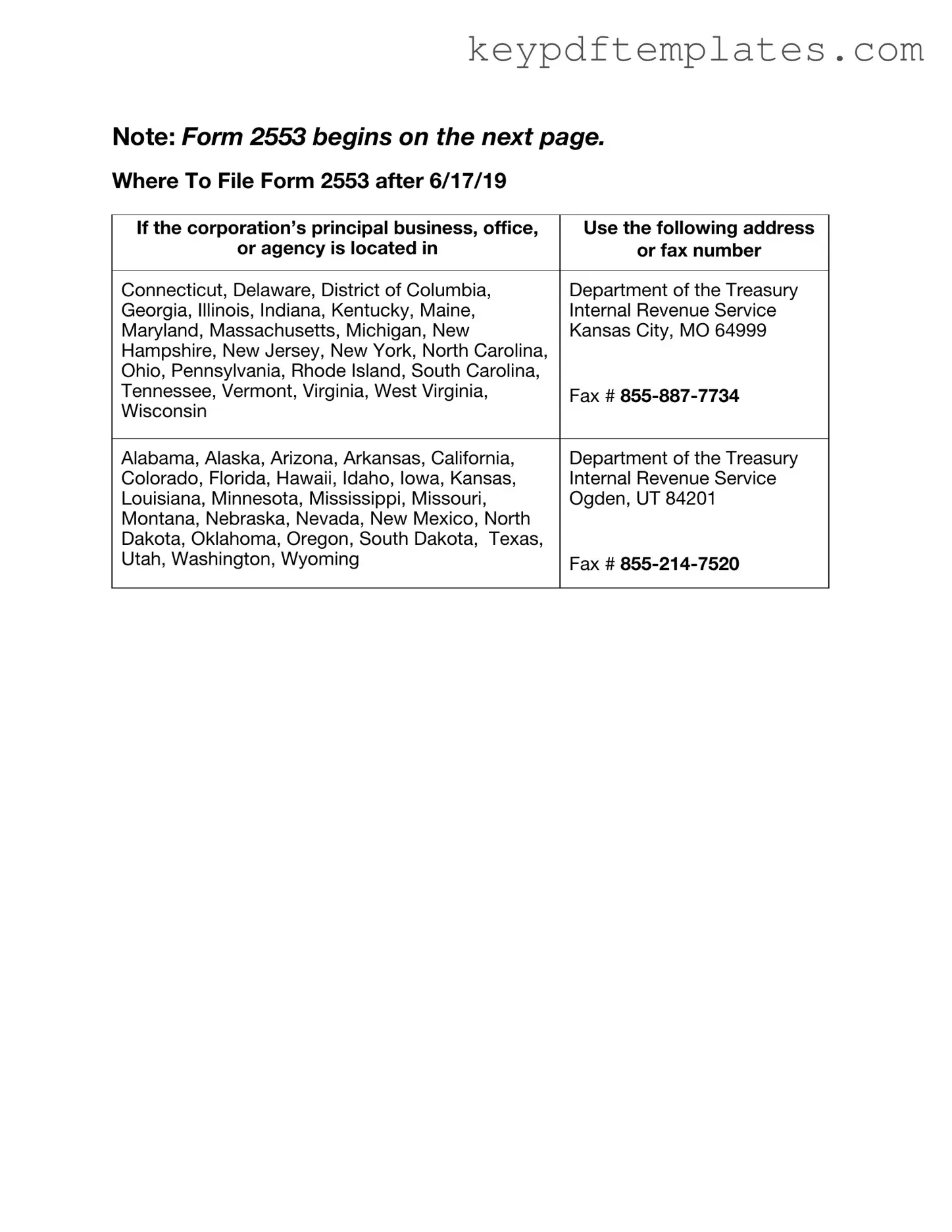Get IRS 2553 Form
The IRS Form 2553 is a document used by small businesses to elect S corporation status for tax purposes. By filing this form, eligible entities can enjoy the benefits of pass-through taxation, which can lead to potential tax savings. Understanding the requirements and implications of this form is crucial for business owners looking to optimize their tax strategy.
Modify Document Online
